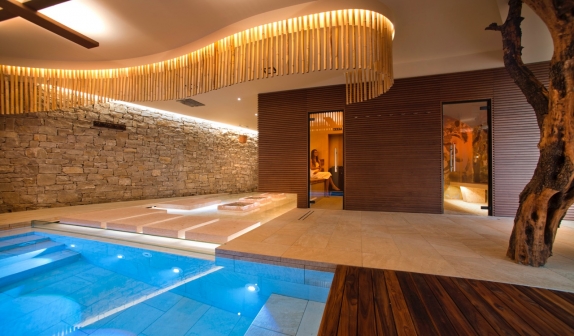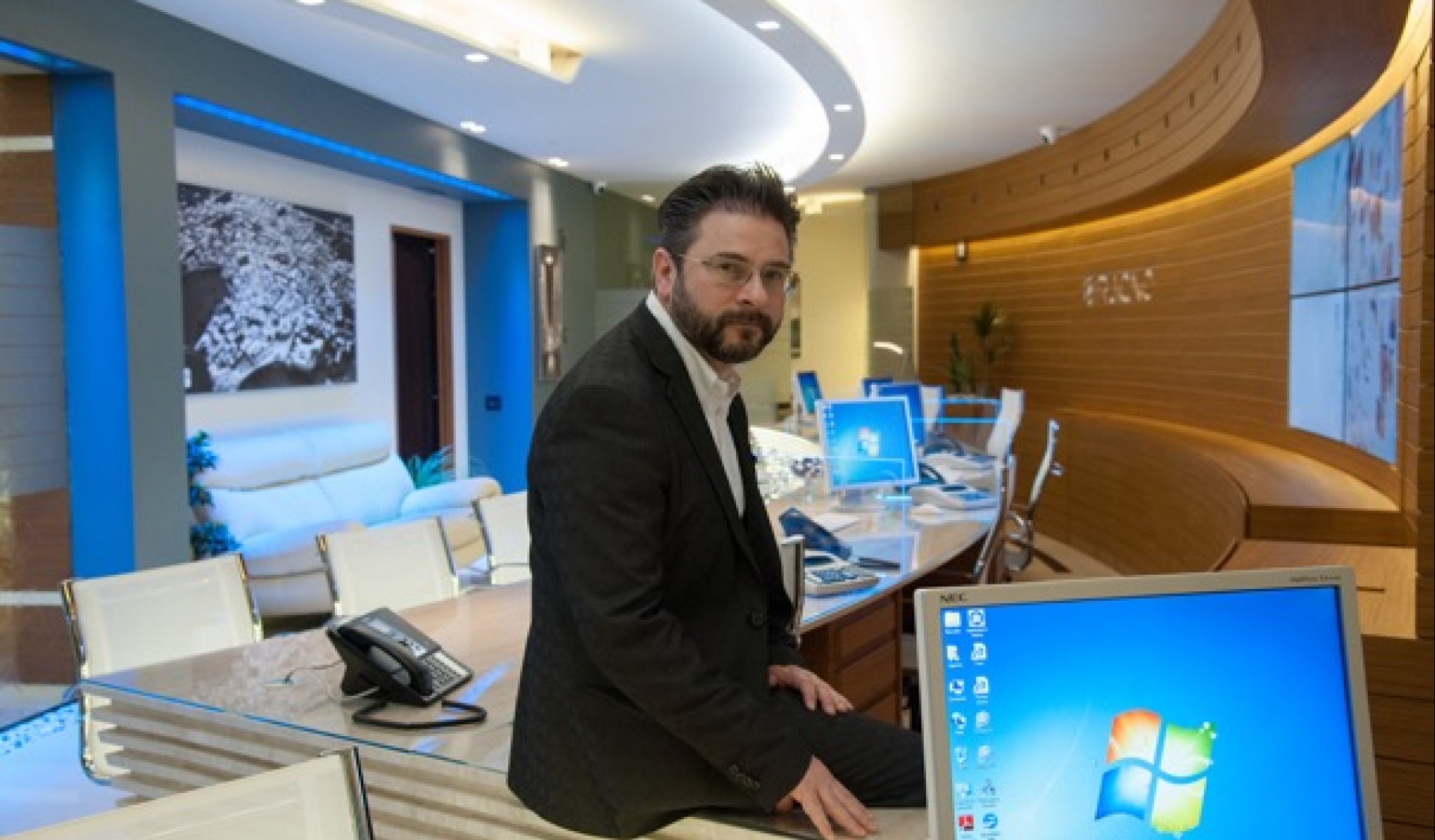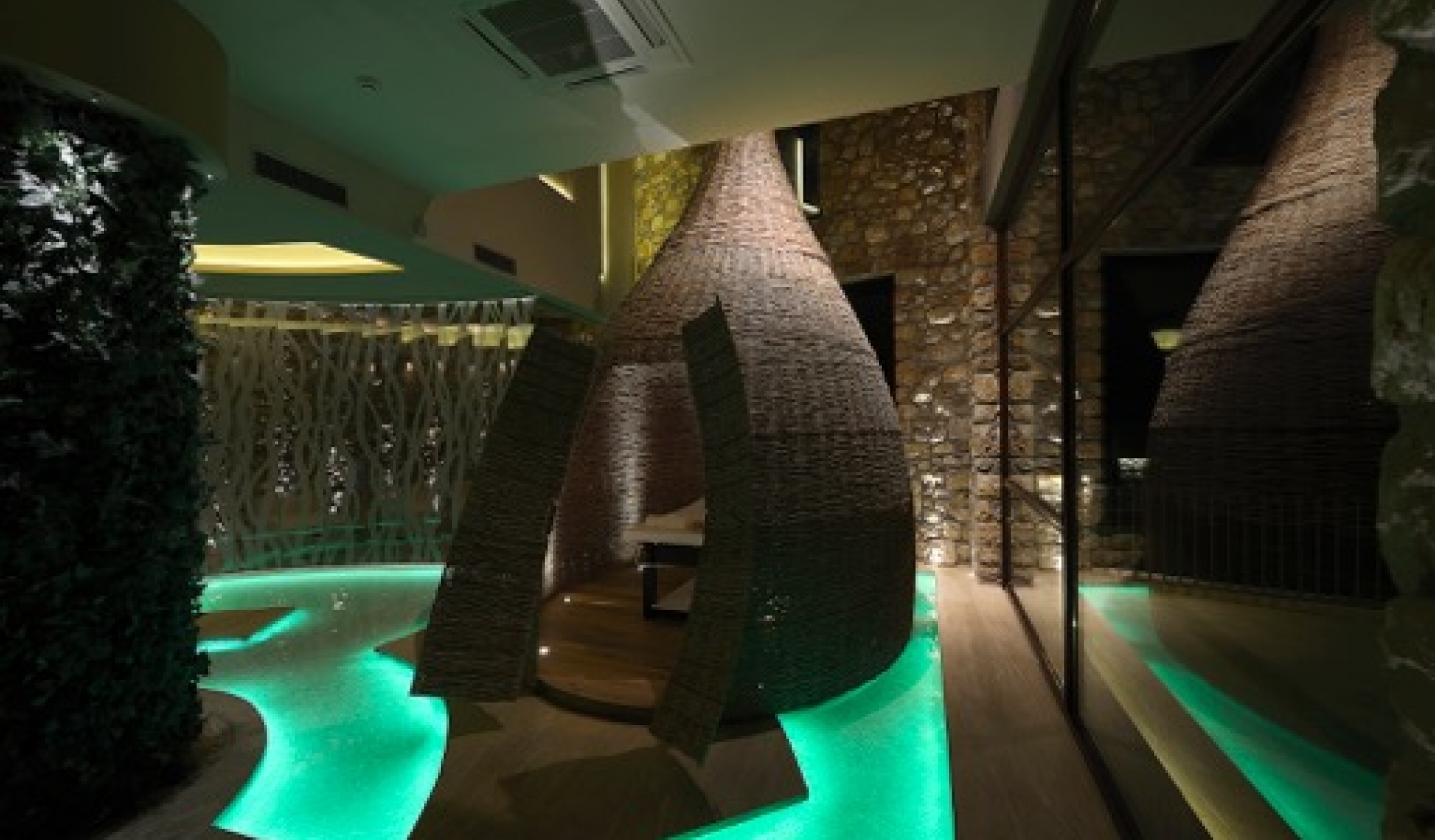
The series of interviews with spa architects, on the theme of paying attention to the environment even when creating a spa, continues. We questioned Architect Alberto Apostoli who is considered one of the most important names in the global landscape of the spa design industry. Author of the book “SPA Architecture”, he makes his multifaceted path the strong point of his own approach to architecture and design.
Let’s start from the beginning. When approaching a new project, what are the guidelines that are impossible to ignore when creating a spa, and what are the aspects that may vary from case to case? Is there a way to transmit these concepts to spa users?
There are certainly a few essential factors for the success of a design. When I begin to design a spa, I never forget to study the surrounding territory very closely and the style and general mood of the structure that will host our wellness center. Obviously, my project idea must respect the general concept guidelines provided by the client, as well as the local market test, any possible technical limits of the structure, and the analysis of the typology of the spa itself. Furthermore, it is essential to consider the management formula implemented. In fact, in some cases, the client comes to our studio for a consultation on these very aspects. The final client should not perceive such concepts singularly, but only the final service results as a whole.
What does it mean to you to design with zero environmental impact? How does this concept apply to spas?
Designing with zero environmental impact means creating a “product” that uses materials belonging to the area, the best energy sources available, which seamlessly integrate into the background in a minimally invasive way; architecture, in fact, shouldn’t ever be overpowered by elements of sustainability. Furthermore, for a sustainable design, it is essential to contain costs and unexpected obstacles. For this reason, I have organized my studio in divisions, with specialized professionals, capable of integrating the various designs (architectural, structural, plant design, etc.). A plan that is careful and scrupulous to the defined goals, in fact, allows for the best results to be obtained in the completion phase.
GALLERY-TAG
When you design a spa, surely you pay careful attention to creating atmospheres that convey a sense of wellness and relaxation. Do you believe there are materials that are able to transmit these sensations more than others?
Let’s consider that, in the spa, the relationship between materials and hygrometric, visual, auditory, and olfactory wellness is a part of the design itself; with that being said, it is easy to understand that all natural materials contribute to a person’s wellness. Generally, I prefer wood, a material that, if handled correctly, can pair easily with water. When possible, I like to use not only local materials, but even typical local productions. For example, for a spa in Sicily, we built a treatment booth with a rope-wrapped iron structure, using the same technique used by the local artisans in making baskets.
Continuing with the discussion of materials, which ones can be defined as zero impact, both from the containing energy consumption standpoint, as well as rendering them usable and able to be disposed of?
Working at zero impact involves, firstly, taking advantage of the land and the products from the specific location. We could say that spas consume a particularly large amount of energy and to imagine building one that consumes nothing is a dream. In any case, efforts to counter this can be taken, as I was saying before, through an integrated design that doesn’t give the most importance to esthetics. Some materials over others can certainly help to reduce the environmental impact of a building, but when talking about a spa, the greatest criticisms are regarding the structure. This is where I pay most of my attention.
What is the most difficult challenge in reconciling the concept of zero impact in the world of spas and wellness?
I believe that a designer should first learn the management logic of a spa, with the goal of combining the needs of the project with functional needs. From a technical standpoint, in my projects, I give primary importance to the orientation of the structure, to the energy sources present in the subsoil, to the insulation and to the individual tricks that will optimize the insulation. Among the greatest challenges there is the challenge of making the client understand that an initial investment in the best technology will be greatly rewarded with time.
Returning to the final user, do you think there could be a correlation between the use of materials beneficial for the environment and the wellness of the spa’s clients?
In choosing the materials, I give great importance not only to the tactical effects, but to the space’s safety, to the “cleanability” of the spaces, and to the general perception, which is the sum of all of the ingredients. The secret is the combination of the various elements instead of single design episodes. In conclusion, I would say that there are three “materials” that have the greatest influence on the wellness of the clients: water, air, and light.






